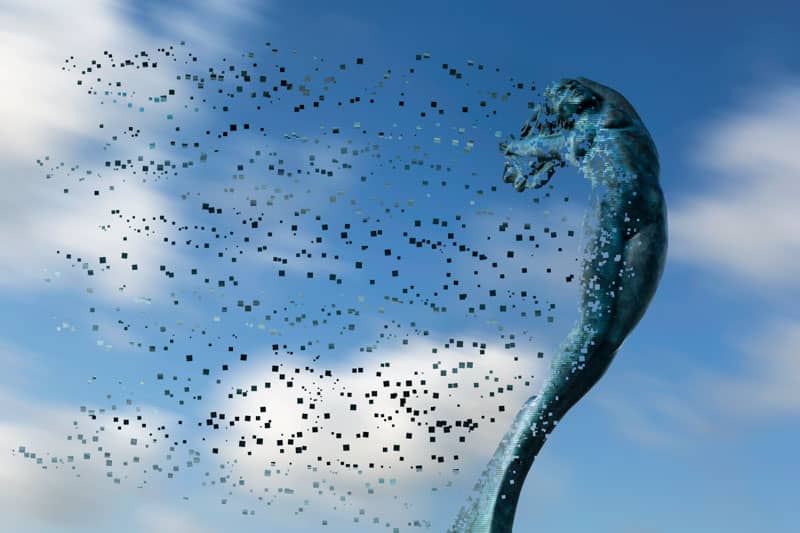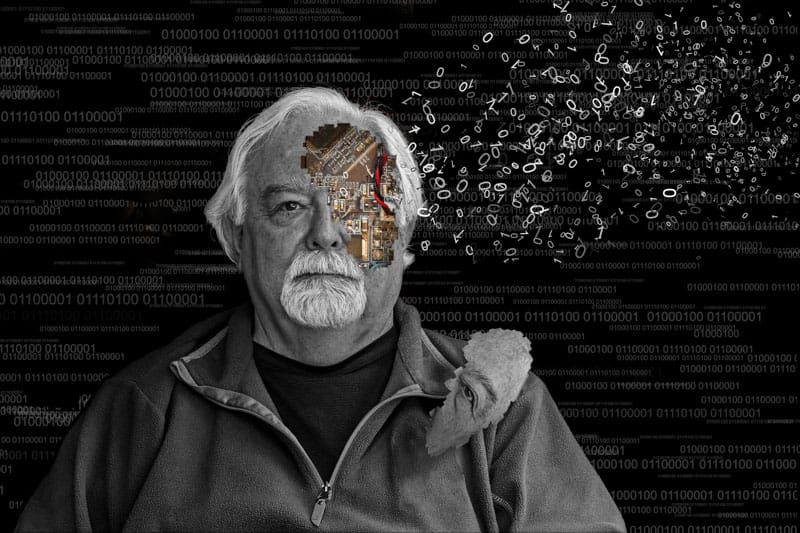Altered Reality Photography- Stimulate Your Creativity
I recently led a photo deconstruction discussion about altered reality photography at one of the local camera clubs. It got me thinking about how altered reality photography can make you more creative in all of your photography efforts. This creativity boost clearly comes from trying new things but more importantly if comes from learning new things.
The Photos
Wind Dancer was my first attempt at altered reality photography. It a photo re-interpretation of a beautiful sculpture by Wade (Buddy) Tatum in Cole Park, Corpus Christi, Texas. I had seen a photo with a “dispersion” or “explosion” effect and was curious about how it was created. I had an idea for an image but thought I do a simpler trial to learn the process. A quick Google search gave me some great resources for the effect; then all I had to find was the right image to try it on. Remembering the Wind Dancer photo, I thought the concept of the statue being windblown would be in keeping with the spirit of the sculpture and an excellent learning experience. I was right!

(Click to enlarge/purchase)
The photo that I was really interested in making was Personal Data Breach. It uses the explosive effect but also other items such as creating and using custom brushes, using Photoshop fx layer styles of “bevel & emboss” and “drop shadow”. I addition I used the gradient tool to create shadowing. It was also a crash course in making detailed selections. Indeed, it was a phenomenal learning experience.

(Click to enlarge/purchase)
The third altered reality photo I made was Misaligned. I featured this photo and discussed it in more detail in an earlier blog post, What Is The Purpose Of Art?
Making altered reality photos is a lot fun. It’s challenging experience; one you can get captivated with and lose yourself in the effort for hours. Although I really enjoy makings these photos, I don’t plan on making it my main focus. I simply like too many types of photography to only choose one!
The Important Lessons
Although I won’t go through all the technical lessons I learned, here are some important non-technical lessons:
- Google is your friend – This was not a new lesson for me but this exercise strongly reinforced it. No matter what question you have or what you want to learn it’s safe to say that someone else has been in that same situation before you. Fortunately, many of them share what they learned in articles, forums or video tutorials. All you have to do is to ask Google.
- Reach out to people you know – Don’t be afraid to ask for help or for an opinion from those in the photography community whose knowledge and opinion you value and trust. Most people are amazingly willing to help. Just ask. A friend and Photoshop Master, John Guild, helped me with using the options with Photoshop brushes especially in regard to the use of a Wacom pen tablet.
- Reality is an important part of altered reality – Even though you know the scene you’ve depicted in an altered reality can’t really happen, what “sells” the concept is that it looks like it could have. Details matter. Shadows, light direction etc. all play a part in making it look real.
- Making a complex photo isn’t that hard – Although the final result may appear complex, it is really just a combination of numerous simple steps. When you look at each step, you’ll see it isn’t as hard as you may think.
- What you learn carries over to other photography styles – The individual skills you learn can be used in other types of photography. For example, the Photoshop gradient tool I used to create shadows works great in architectural images.
- You’re learning new skills – New skills means you have more options. Having more options opens the door to creativity.
A Couple Of Quick Tips
- The blessing and curse of modern post-processing is that there are many different ways to achieve the same result. When you get your Google results don’t just go with the first one. Look at a couple different solutions and use the one that works best for you.
- John Guild recommends not getting a large Wacom tablet. The small one is more than sufficient. Besides, there’s no need to waste your money on getting a large one. Plus, it takes up less space!
Leave A Comment And Share
Have you ever tried altered reality photography? What did you learn? I’d love to hear your comments and feedback. Please leave a comment in the comment box below.
Also, if you like this post please share on Facebook and Twitter.
